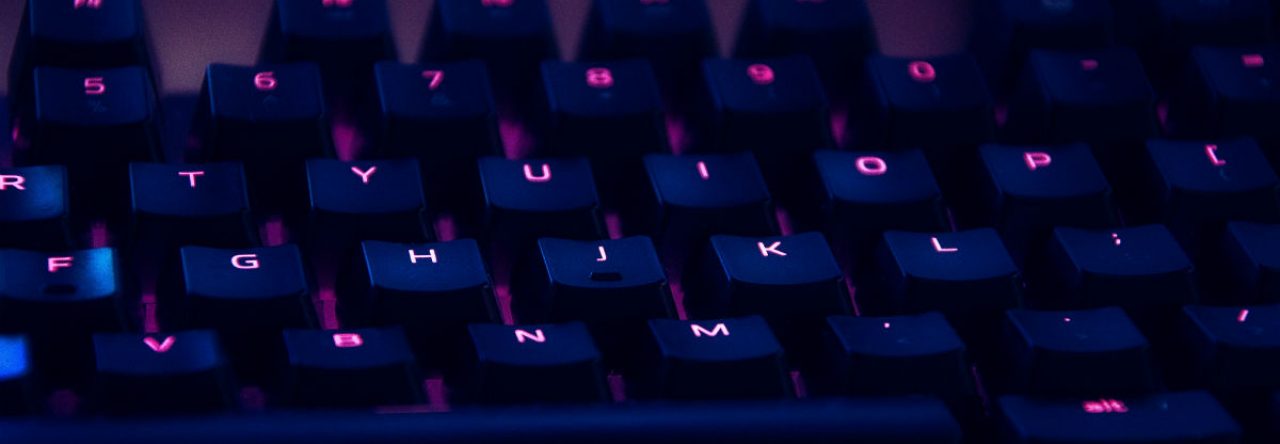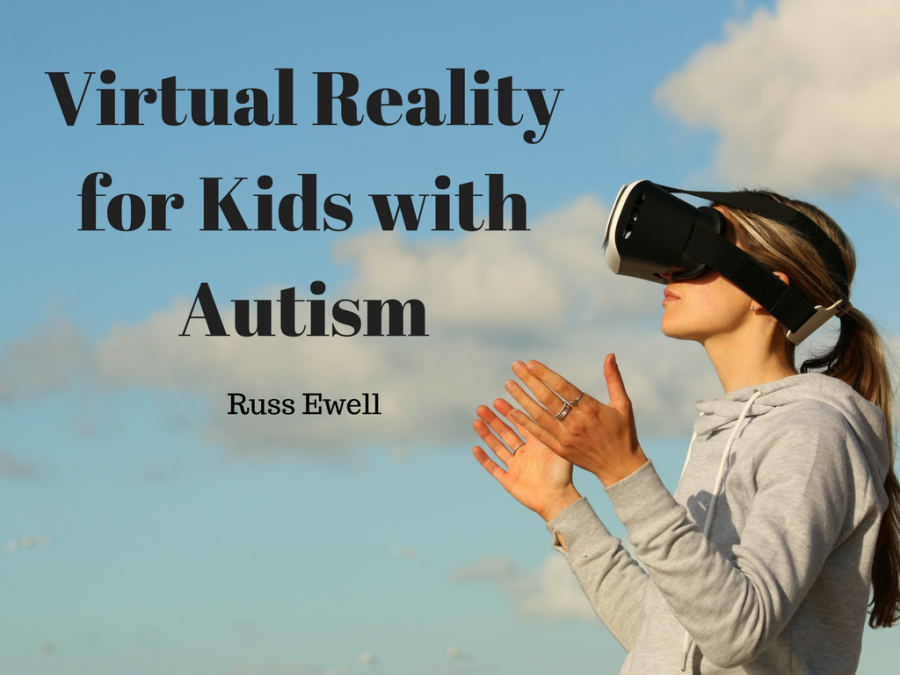VR got quite a moment in the spotlight this past Christmas. From a commercial featuring Lebron James and his family to the huge push for smartphone-compatible headsets, the tech world highly anticipated that VR would make a huge cultural impact and change the way that entertainment is produced and consumed.
Virtual Reality has long been a dream of programmers. For most of the history of visual entertainment, the mode of intake was one square screen such as a television or a movie screen, and today, a smartphone. However, adventures and life take place in three dimensions, in front and in back of the subject. Virtual Reality would add a more “real” feeling to movies, video games, and more.
Beyond entertainment, many anticipated some very practical applications of VR to corporate training and army training. For first responders, for example, virtual reality could augment the training programs and better prepare police, paramedics, and more to respond in a timely manner calmly and professionally. From testing best practices to continued development, VR offers a lot more than handbooks and tutorials by allowing a person to fully immerse their eyes and minds into potential situations and adjust habits and reflexes.
One place where VR could make a huge difference, though, is in the autism community. Individuals with autism often experience extreme anxiety when they know they have to visit new places where they’re not so familiar. Such overwhelming anxiety can express itself as an attack, sickness, and obstinance, followed by fainting or tantrums.
Take our son, for example, who lives with autism. We learned from his dentist that we would need to get his wisdom teeth removed, which is a surgical procedure that would make even someone without autism nervous for good reason. To help him mentally prepare for what the visit to the oral surgeon would entail, my wife and I visited the oral surgeon’s office and took lots of pictures of the office, the surgery room, the doctor, the nurses, and all the places we would be walking both to and from the event.
With months to prepare and more photos and videos than anyone could ask for, we were able to help our son “walk through” the whole process from start to finish and provide visual accompaniment. For these exact situations, we foresee Virtual Reality proving a really useful tool for showing him the landscape of other potential places he may have to visit, including barbershops, doctors’ offices, and more.
In time, we hope to see Virtual Reality harnessed better to help people with extreme anxiety such as those with autism better prepare for life by familiarizing themselves with their environments.

